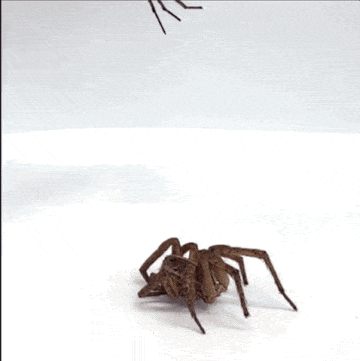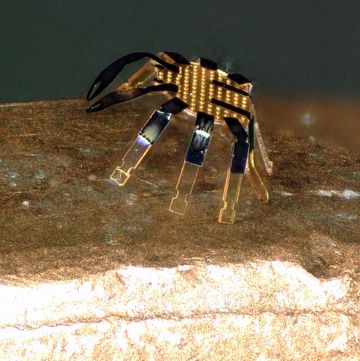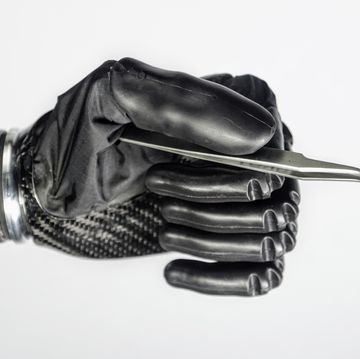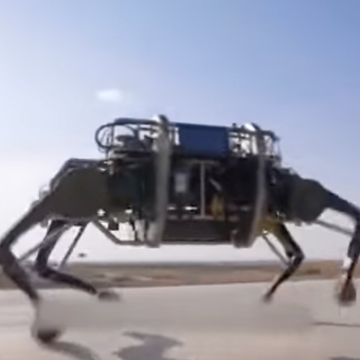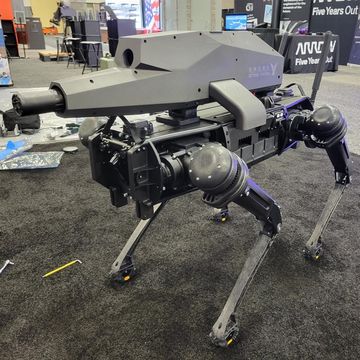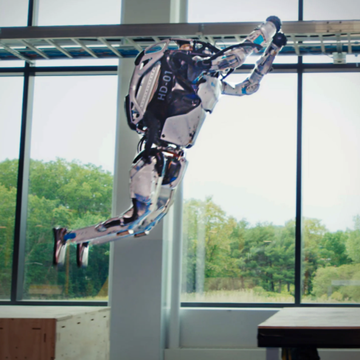Droids camouflaged as penguins can mingle with their flesh-and-blood counterparts without panicking the shy birds, a finding that shows how robots can help scientists learn secrets about wildlife by studying them in their natural habitat without disturbing them.
Ecophysiologist Yvon Le Maho of France's National Center for Scientific Research has studied penguins for 40 years; you might have seen some of this work in March of the Penguins. In 2011, Le Maho and his colleagues revealed tagging king penguins with bands around their flippers, a common way to study and track them, was harmful—it impaired their survival and the number of their offspring, presumably by reducing their speed in the water. The researchers then tried a different tracking tech: tiny radio-frequency identification (RFID) tags implanted under the skin that would not slow penguins down. The problem here was that a radio antenna needed to be within two feet of the penguins to read such tags.
"You would have to get close to the birds to read the tags, and we didn't know exactly how humans circulating in a penguin colony would disturb the birds," Le Maho says.
This led Le Maho and his colleagues to attempt using remote-operated vehicles, or rovers, to enter penguin colonies to read the implanted tags. From 2008 to 2012, the scientists used rovers to approach penguin colonies at two islands near Antarctica, the king penguins on Possession Island and emperor penguins on Adélie Land. Possession Island is part of an archipelago called the French Galapagos, "which is home to 25 million seabirds — you have two-thirds of the world's population of king penguins located there," Le Maho says. Adélie Land, meanwhile, has the strongest winds even observed so close to sea level, reaching 200 mph.
The penguin-bots caused the king penguins much less distress than the appearance of human scientists would have. The birds saw a jump in heart rate, but only as large as what they experience whenever they defend their territory from neighboring penguins. They never retreated from the animatronic penguins, either.
The emperor penguins proved more shy, but when the rover was disguised as a penguin chick, all the birds allowed the rover to approach close enough to identify them, and both adult and chick emperor penguins were even heard trying to communicate with it vocally. The rovers could also approach the tails of southern elephant seals without disturbing them (they generally react strongly when humans try).
"These findings open new doors to investigating wild animals using robots, answering new questions with less disturbance," Le Maho says.



